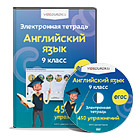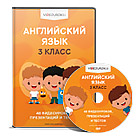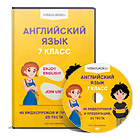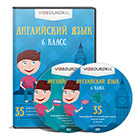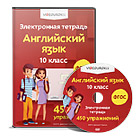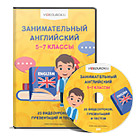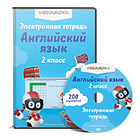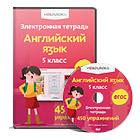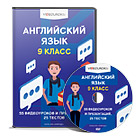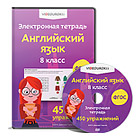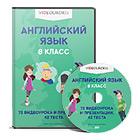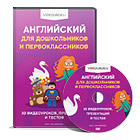Xайку- это очень короткое стихотворение на английском языке, которое в большей или меньшей степени соответствует форме и стилю японского хайку. Типичное хайку - это наблюдение из трех строк о мимолетном моменте, часто затрагивающем природу.
Создайте Ваш сайт учителя Видеоуроки Олимпиады Вебинары для учителей
Stories and poems.Haikus
Вы уже знаете о суперспособностях современного учителя?
Тратить минимум сил на подготовку и проведение уроков.
Быстро и объективно проверять знания учащихся.
Сделать изучение нового материала максимально понятным.
Избавить себя от подбора заданий и их проверки после уроков.
Наладить дисциплину на своих уроках.
Получить возможность работать творчески.
Просмотр содержимого документа
«Stories and poems.Haikus»
Полезное для учителя
Распродажа видеоуроков!
1970 руб.
2820 руб.
1880 руб.
2690 руб.
1940 руб.
2770 руб.
1860 руб.
2660 руб.
ПОЛУЧИТЕ СВИДЕТЕЛЬСТВО МГНОВЕННО
* Свидетельство о публикации выдается БЕСПЛАТНО, СРАЗУ же после добавления Вами Вашей работы на сайт
Удобный поиск материалов для учителей
Проверка свидетельства
